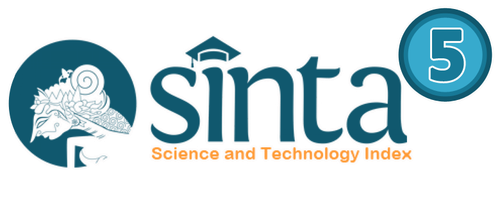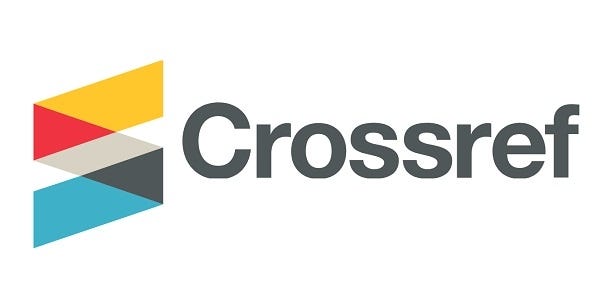THE INFLUENCE OF THE USE THE FIRST LANGUAGE IN INDONESIAN EFL CLASSROOMS
DOI:
https://doi.org/10.47080/jeltl.v2i1.540Keywords:
First language, students’ responses, Indonesian EFL classroomAbstract
Despite widespread use only English in Teaching EFL, the use of first language in EFL class has been a perennial topic of discussion in the field of language education. Most established L2 teaching methods discourage the use of L1 in class. This research attempt to explore the use of first language in Indonesian in the EFL Classroom as well as lecturer and students response toward it. The presents study aimed to find out how the lecturer view first language in language classrooms. This research use experimental methods and to take the sample is use random sampling, The objective of the research includes2 Indonesian EFL Lecturer and 48Indonesian EFL students at first semester of teacher training education faculty in Banten Jaya University. The process to gate the data through the interview and questionnaires. The research finding had good result, indicated that English language give the positive response for the students. The resultalso emphasizing to the comprehension the meaning of English language
Downloads
References
http://adikiss.net/2017/10/konversi-nilai-angka-kuantaJF61-itatif-ke-dalam: nilai-huruf-kualitatif-di-axcel/# (diakses 29 Desember 2017).
Afzal, s. (2013). Using of the first language in English Classrooms as a way of scaffolding for both the students and teachers to learn and teach English. International research Journal of Applied and Basic sciences, 4(7), 1846-1854
Atkinson, D. (1987).The mother tongue in the classroom: Neglected resources? ELT Journal, 8(1)2-5
Brown, H. Douglas. Language Assesment Principle and Classroom Practice. New York; Longman, 2004.
Creswell, John W. Educational Research; Planning, ConductingandEvaluating Quantitative and Qualitative Research. Pearson: University of Nebraska-Lincoln, 2010.
Emzir. MetodePenelitianPendidikan; Jakarta: Raja GafindoPersada, 2010.
Gay, L.R. Mills Geoffrey E, and Airasian. Educational Research;Competencies for analysis and Applications, Colombus: Pearson, 2009.
Hadley, Alice Omaggio, Teaching Language in Context. Boston: Heile&Heinie Publisher, 1993.
Harmer Jeremy. Practice of English Language Teaching. New York, Longman Group UK Limited, 1992.
Khati, Ashok Raj. (2011). When and why of Mother tongue Use in EnglishClassrooms.Journal of NELTA, Vol. 16 No. 1-2, Desember 2011: 42-51.
Khine, Mynt Swe. Teaching with Technology; Strategies for EnggagingLearners. Singapore; Pearson Prentice Hall, 2006.
Kumaravadivelu, B. Undersanding language Teaching; From Method toPostmethod. New Jersey; Lawrence Erlbaum Associates, 2008.
Richard, Jack C. danRenandyaWilly A. Methodology in LanguageTeaching; An Anthology of Current Practice. New York. Cambridge University Press. 2013.
Sharon, Smaldino E. Introduction Technology and Media for Learning. Colombus Ohio. Pearson Merril Prentice Hall, 2008.
Nation, Paul. (2003). The role of the first language in Foreign language Learning. Asian EFL Journal 5 (2),
Sugiyono. 2015. MetodePendekatanKuantitatif, Kualtiatif, dan R&D. Bandung: Alfabeta.
Tang, j. (2002). Using L1 in the EnglishClassrooms English Teaching forumJournal 40 (1) January, 2002:34-36.







